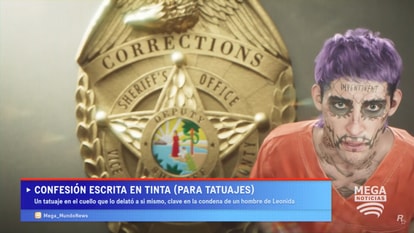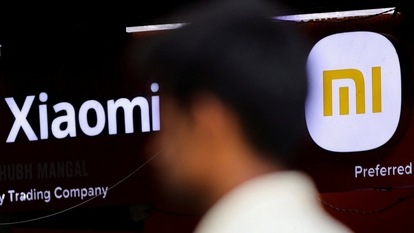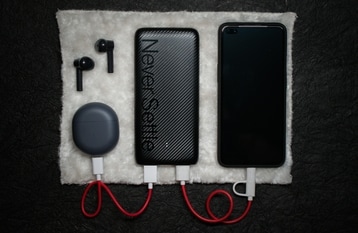Aditya-L1 mission to unravel the secrets of solar storms that destroyed Elon Musk’s satellites
In February 2022, a strong solar storm destroyed 40 Starlink satellites launched by Elon Musk’s SpaceX. Now, a year and a half later, ISRO’s Aditya-L1 mission will attempt to uncover the secrets of these space weather phenomena.

In just a few hours, India's first-ever space mission to study the Sun and the space weather, Aditya-L1, will take off. Once it completes its long journey to its destination of the L1 Lagrange point, it will begin observing the Sun using the seven payloads that will collect data from it. Apart from observing the Sun, its corona, and its dynamic patterns, it will also study space weather, in particular the effect of solar winds and coronal mass ejection (CME) in causing solar storms. Understanding this phenomenon is crucial, as it contains the destructive potential to damage all satellites in space. In fact, it did exactly that in February 2022 when Elon Musk's SpaceX lost 40 of its Starlink satellites to solar storms.
According to an update by SpaceX, the solar storm struck just a day after the Starlink satellites were launched. The update confirmed that a solar storm was behind the company losing its fleet of satellites as it increased air drag in the upper atmosphere. It stated, “Preliminary analysis shows the increased drag at the low altitudes prevented the satellites from leaving safe mode to begin orbit-raising maneuvers, and up to 40 of the satellites will reenter or already have reentered the Earth's atmosphere”.
Aditya-L1 to study the dangers of solar storm
Now, a year and a half later, ISRO is launching the Aditya-L1 mission to study and uncover the secrets of space weather that have confused humans for more than two centuries. Even today, many solar observatories such as NASA's Solar Dynamic Observatory as well as Solar and Heliospheric Observatory, and ESA's Solar Orbiter continue to watch the Sun to improve both our analysis and prediction models for solar storm, but so far, there has been no breakthrough.
It is because there is still so much we do not know. We don't know how solar flares erupt in sunspot regions, or what the early onset signs of such eruptions are. We also do not know how to predict the amount of solar material, also known as CME, that can be dislodged during an eruption, and how it travels through space to hit the Earth.
We need these answers as soon as possible as the Sun is nearing the peak of its solar cycle and solar storms like the one that destroyed Musk's satellites can be more frequent now. However, if we can find a reliable way to predict such storms, we can move satellites out of their path, shut down power grids, and even stop wireless communication till the storm passes over.
Among the seven payloads onboard the Aditya-L1 spacecraft, the Aditya Solar wind Particle EXperiment (ASPEX) and Plasma Analyser Package for Aditya (PAPA) are capable of studying the solar wind and energetic ions, as well as their energy distribution. Additionally, the Solar Low Energy X-ray Spectrometer (SoLEXS) and The High Energy Spectrometer (HEL1OS) will study the X-ray flares from the Sun over a wide X-ray energy range.
Catch all the Latest Tech News, Mobile News, Laptop News, Gaming news, Wearables News , How To News, also keep up with us on Whatsapp channel,Twitter, Facebook, Google News, and Instagram. For our latest videos, subscribe to our YouTube channel.






































